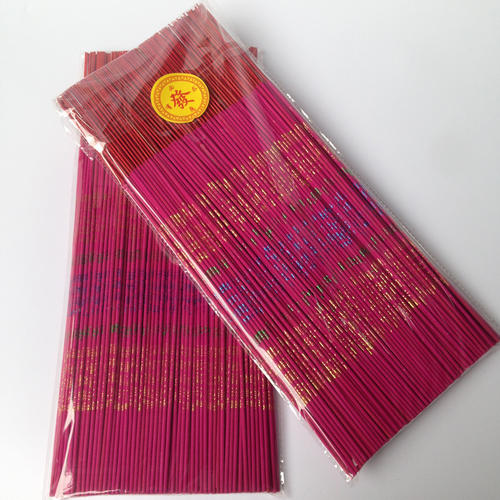Methods for Tasting Fragrance
Firstly, smell the fragrant clouds. When a wisp of green smoke drifts over, we can lean against our noses and suck on its fragrance, quietly inhaling and gradually savoring its rich flavor.
Secondly. Smell the fragrance. It's about savoring the fragrance that permeates around the fragrance box. There is a difference between fragrance and aroma, and we must grasp this point. The fragrance mentioned in the fragrance path is the scent that comes directly from the fragrance cloud, and we can directly sense what the fragrance is like. The fragrance mentioned in Xiangdao is a kind of artistic conception, which refers to the fragrance emitted by the environment around you when you taste the fragrance. Because agarwood and premium sandalwood both have different levels of fragrance, tasting fragrance is also a key factor in analyzing whether this fragrance is in place.
Thirdly, savor the fragrance. The person who smells the fragrance leaves their seat and walks around the fragrant room, sighing and infecting the free and unrestrained fragrance of the entire space. The feeling that this fragrance brings to you is also the artistic conception of fragrance. Let's also sigh and be inspired by the quality of the fragrance's spreading and penetrating power. The ability to expand the fragrance of top-quality string incense is very strong, with a diffuse and penetrating aroma that can be felt from 10 meters away. However, without a meter, the taste is different, which is what we often refer to as the sense of layering. Simply put, it means gathering together to smell, sitting down to smell, walking to smell. The taste is different, and you need to go and taste it.

Fourth, savor the lingering fragrance. After ordering a fragrance, we need to taste the residual fragrance, which is the fragrance left in the space. At this time, the fragrance we smell has changed from before, becoming sweet, solemn and upright, leaving a cool feeling or preserving the floral fragrance. The residual fragrance of each type of sandalwood is different, and we need to savor the residual fragrance and marvel at the exquisite fragrance bestowed upon us by nature, which is also the intention of tasting the fragrance.
Fifth, combination fragrance. That is to say, after lighting a branch of incense, we proceed to order the second and third branches, using the method mentioned above to taste them one by one, with the intention of comparing the changes between them. Each type of sandalwood produced in different regions has its own aroma, fragrance, flavor, and lingering fragrance. Xiangdao is the process of repeatedly analyzing and modifying the flavors of fragrances from different production areas, which is what makes Xiangdao fun and interesting.
Article source: Jiangmen bamboo stick fragrance manufacturerhttp://www.dongfangxl.com/
-
09-30
What are the structures of bamboo stick incense?
Bamboo stick incense, also known as string incense, stick incense, or standing incense in Taiwan, and bamboo stick incense in mainland China, is named after its use of bamboo branches, cinnamon bamboo
-
09-30
Incense Manufacturer: Craftsmanship for Making Bamboo Stick Incense
The ancients discovered that any type of spice has the effects of refreshing and calming the mind, so the history of incense burning in China has been over 3000 years, and China can be considered one
-
09-08
Fragrant powder and spice factory: production techniques for bamboo stick fragrance
Nowadays, when making bamboo stick incense, the following methods should be used first:1. Traditional craftsmanship involves hand pouring fragrance.2. Handmade powder coating and mechanical bucket mak
-
08-26
Fragrant powder and spice factory: How to distinguish the quality of bamboo stick fragrance?
We call fragrances made from natural spices "natural fragrances", fragrances with artificially synthesized spices "chemical fragrances", or perhaps "fragrance crafts". Chemical fragrance only has the
